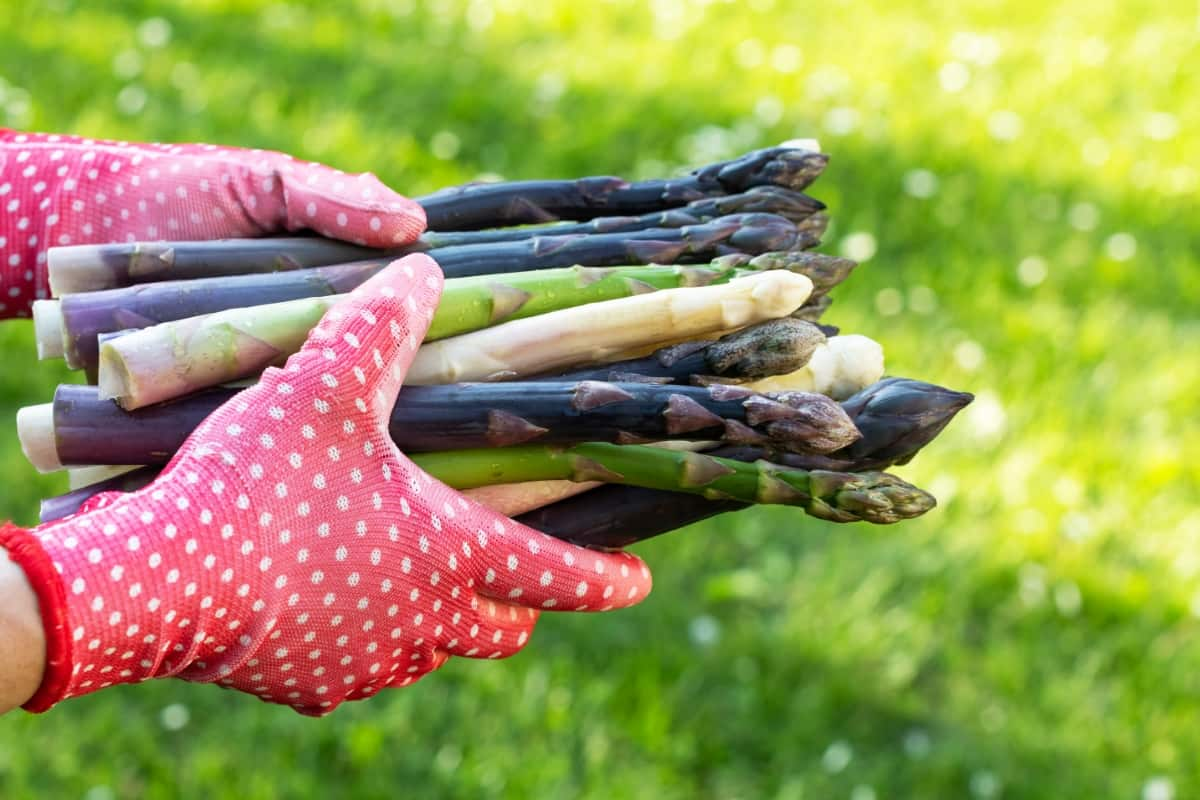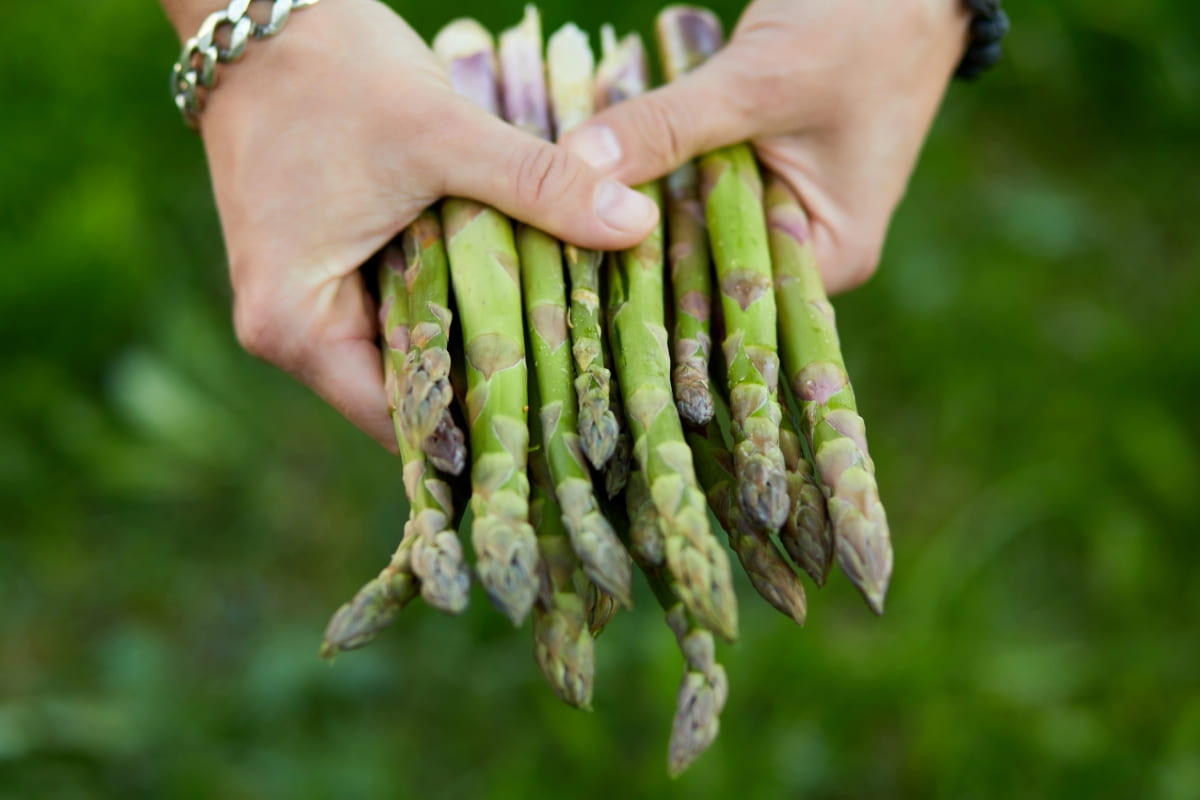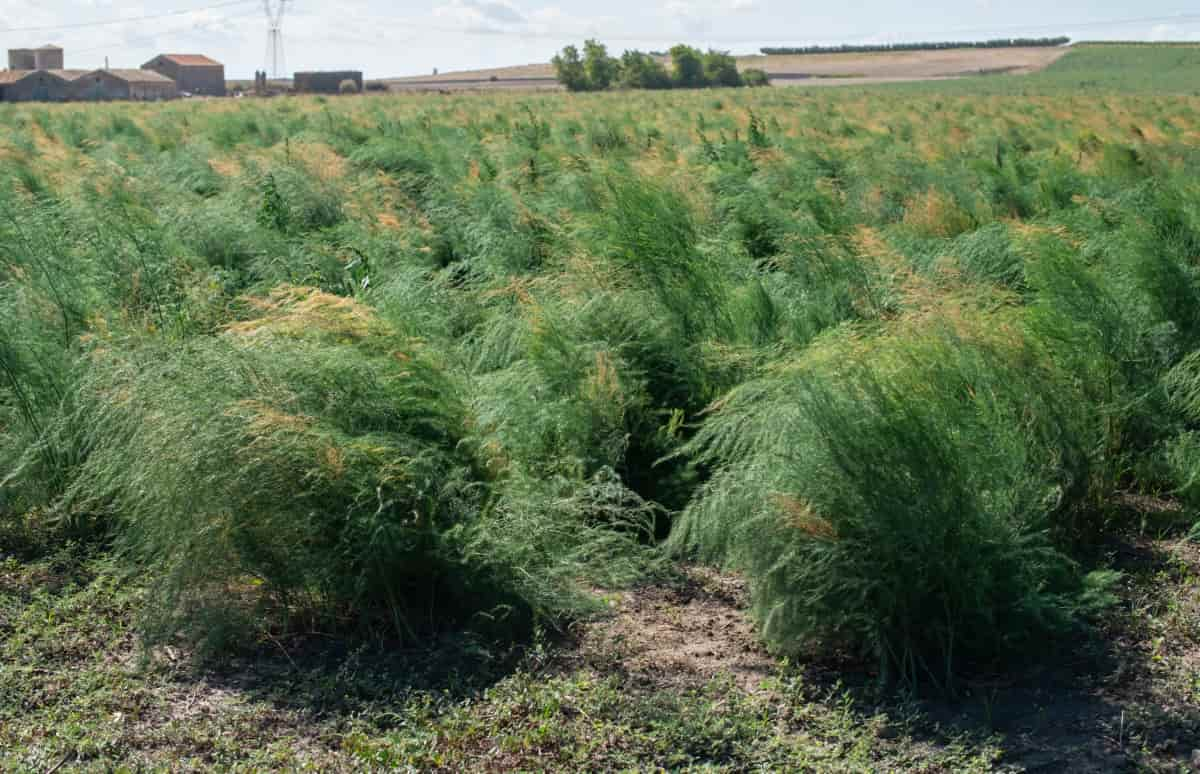Integrated Pest Management (IPM) in asparagus farming is a sustainable approach to pest control, combining various strategies to reduce environmental impact and enhance crop health. This comprehensive guide delves into the importance, methods, and benefits of IPM in asparagus cultivation.

Integrated Pest Management in Asparagus Farming
Understand the Pest Management in Asparagus Farming
Integrated pest management (IPM) is a critical approach in asparagus farming, focusing on sustainable agriculture. It involves a range of strategies to manage pests effectively with minimal environmental impact. The essence of IPM in asparagus cultivation lies in understanding the pest lifecycle and their interaction with the environment.
This knowledge helps in deploying targeted strategies that are effective yet environmentally friendly. Asparagus, a perennial crop, requires careful management of pests to ensure the health and productivity of the plant over several years. Understanding the specific challenges in asparagus farming, such as the types of pests commonly encountered and their seasonal patterns, is the foundation for developing an effective IPM plan.
Why Integrated Pest Management is Important for Sustainable Asparagus Farming
The importance of IPM in agriculture, especially in asparagus farming, cannot be overstated. It is a cornerstone for sustainable pest management. By reducing reliance on chemical pesticides, IPM helps maintain ecological balance and soil health, which are vital for long-term sustainability in asparagus cultivation.
Implementing IPM strategies leads to improved crop health and yield, ensuring economic viability for farmers. It also aligns with the global shift towards sustainable agricultural practices, meeting consumer demands for environmentally friendly produce. Understanding and applying IPM principles in asparagus farming not only protects the crop but also safeguards the environment and supports the sustainability of the farming industry.
Putting Integrated Pest Management Strategies into Asparagus Cultivation
Implementing strategies of integrated pest management in asparagus cultivation involves a multifaceted approach. It begins with selecting disease-resistant varieties and implementing crop rotation to reduce pest build-up. Employing physical barriers and traps to control pest entry and movement is another strategy.
The use of post-emergent herbicide for asparagus helps in weed control without harming the asparagus plants. Proper irrigation and fertilization practices also play a key role in managing pests by promoting healthy plant growth, which naturally reduces the plant’s vulnerability to pests. These strategies, when combined, form a robust IPM plan that enhances the sustainability and productivity of asparagus farming.
Using Biological Methods to Control Pests in Asparagus Farms
Biological control is a vital component of IPM in asparagus farming. This method involves using natural predators or parasites of the pests to keep their population in check. Introducing beneficial insects like ladybugs or parasitic wasps can effectively control pest populations without harming the asparagus plants.
In case you missed it: How to Maximize Yields in Asparagus Farming: Techniques and Strategies

These strategies are environmentally friendly and sustainable, aligning with the principles of IPM and sustainable agriculture. By leveraging nature’s mechanisms, biological control methods offer a long-term solution to pest management in asparagus cultivation.
Applying Chemical Measures for Pest Control in Asparagus Farming
While IPM emphasizes reducing chemical usage, the selective and judicious application of chemicals is sometimes necessary in asparagus farming. Chemical controls, including insecticides and herbicides, are used as a last resort when other IPM strategies are insufficient. The key is to choose products that are effective against specific pests while causing minimal harm to the environment.
Adhering to the principles of California integrated pest management, where chemicals are used in a targeted and controlled manner, can help in managing pest issues effectively without compromising the sustainability of the asparagus farm.
Combining Cultural Practices with Pest Management in Asparagus Farms
Cultural practices are an integral part of IPM in asparagus farming. These practices involve modifying the farming environment to make it less conducive to pests. Crop rotation, proper sanitation, and the removal of plant residues reduce pest habitats and breeding grounds. Maintaining optimal plant spacing ensures good air circulation, reducing the risk of fungal diseases.
Mulching helps in weed control and moisture conservation, further supporting plant health. By integrating these cultural practices with other IPM strategies, farmers can create a holistic approach to pest management that enhances the sustainability and productivity of their asparagus farms.
Techniques for Monitoring and Surveillance in Asparagus Pest Management
Effective monitoring and surveillance are crucial for the success of IPM in asparagus farming. Regular scouting of the fields helps in the early detection of pest infestations, allowing for timely and targeted interventions. The use of traps and monitoring tools helps in identifying pest species and understanding their population dynamics.
In case you missed it: Different Varieties of Asparagus and Their Growing Conditions

Keeping detailed records of pest occurrences, environmental conditions, and the effectiveness of different control measures is essential for refining IPM strategies. Through vigilant monitoring and surveillance, farmers can stay one step ahead of pest problems, ensuring the sustainable cultivation of asparagus.
Plans for Managing Common Pests in Asparagus Farming Using Integrated Pest Management
Integrated Pest Management (IPM) in asparagus farming involves specific plans to tackle common pests while prioritizing sustainable agriculture. Key pests like asparagus beetles, aphids, and various fungal diseases require targeted strategies. One effective approach is crop rotation, which disrupts the life cycle of pests specific to asparagus. Employing natural predators or beneficial insects combats pest populations biologically.
In cases where chemical intervention is necessary, using post-emergent herbicides and selective pesticides minimizes environmental impact. Regular monitoring and field scouting are essential, enabling early detection and intervention. Implementing these strategies as part of an IPM plan ensures effective pest management while maintaining ecological balance and crop health.
The Economic Benefits of Integrated Pest Management in Asparagus Production
Integrated Pest Management in asparagus production offers significant economic benefits. By reducing reliance on expensive chemical pesticides, IPM lowers input costs for farmers. The focus on preventative measures and targeted interventions leads to better crop health and higher yields, directly impacting profitability.
Sustainable practices under IPM align with consumer preferences for eco-friendly products, potentially leading to premium pricing and improved market access. Additionally, IPM practices enhance the long-term viability of asparagus farms by preserving soil health and biodiversity, ensuring sustained productivity over time. These economic advantages make IPM a financially attractive approach for asparagus farmers.
Challenges and Future Directions in Pest Management for Asparagus Farms
The implementation of Integrated Pest Management in asparagus farming faces several challenges. Adapting IPM strategies to local conditions and specific pest pressures can be complex and requires ongoing research and extension support. Climate change presents new challenges, with shifts in pest populations and increased incidence of extreme weather events affecting pest management strategies.
In case you missed it: Caring for Young Asparagus Plants: Watering, Fertilizing, and Mulching

The future of pest management in asparagus farming lies in the continued development of more efficient and environmentally friendly control methods, including advanced biological controls and precision agriculture technologies. There is also a growing need for farmer education and training in IPM practices to ensure widespread adoption.
Conclusion
Implementing Integrated Pest Management in asparagus farming is essential for sustainable agriculture, offering both ecological and economic benefits. As the industry faces evolving challenges, the continuous refinement and adoption of IPM practices will be crucial for the future of sustainable asparagus farming.
- Feed Your Flock for Less: Top 10 Tips to Save on Chicken Feed
- Ultimate Guide to Ossabaw Island Hog: Breeding, Raising, Diet, and Care
- Hatching Answers: The Top 10 Reasons Your Chickens Aren’t Laying Eggs
- Eggs and Economics: Breaking Down the Cost of Raising Backyard Chickens
- Defend Your Greens: Proven Methods to Keep Iguanas Out of Your Garden
- Ultimate Guide to Cinnamon Queen Chicken: A Comprehensive Guide for Beginners
- Ultimate Guide to California Tan Chicken: Breeding, Raising, Diet, Egg-Production and Care
- Ultimate Guide to Marsh Daisy Chicken: Breeding, Raising, Diet, and Care
- 10 Types of Chicken Farming Businesses You Can Start for Profits